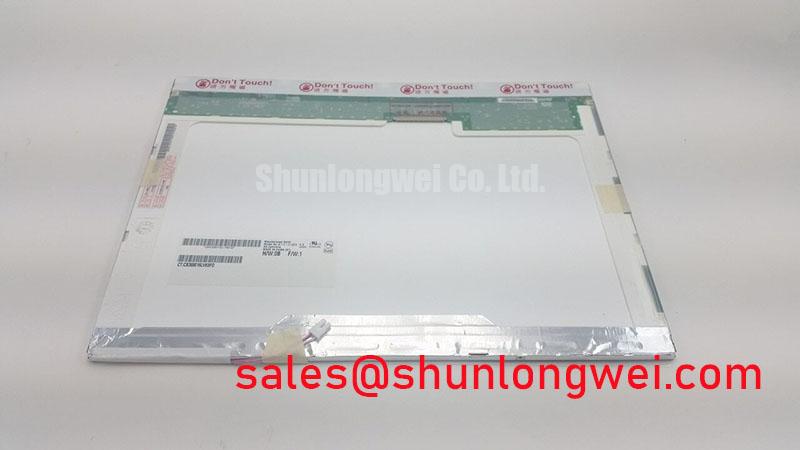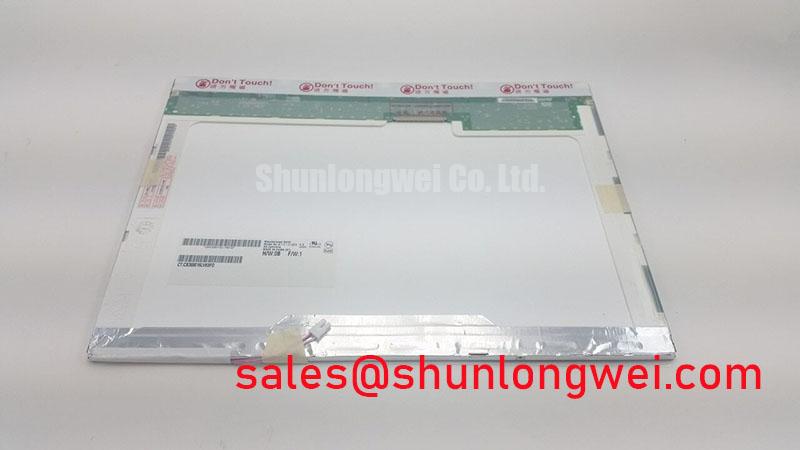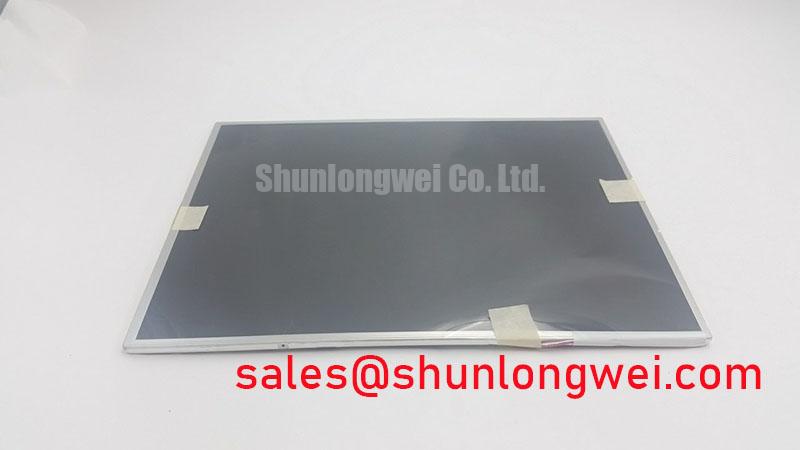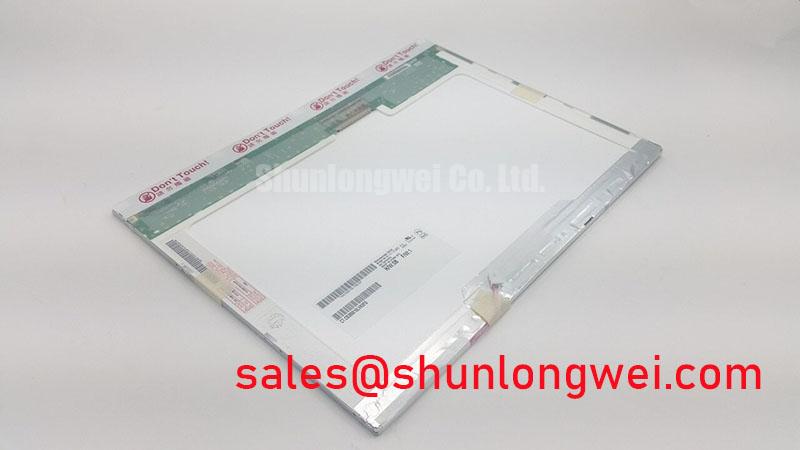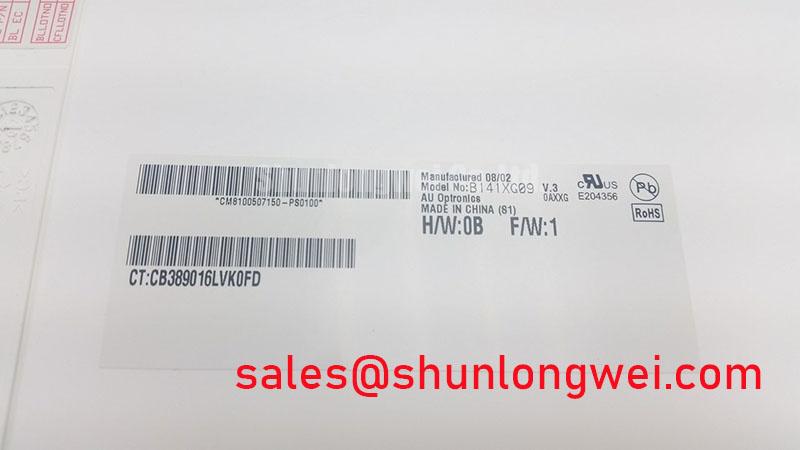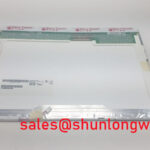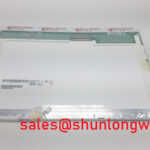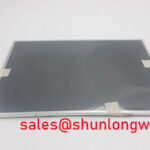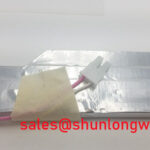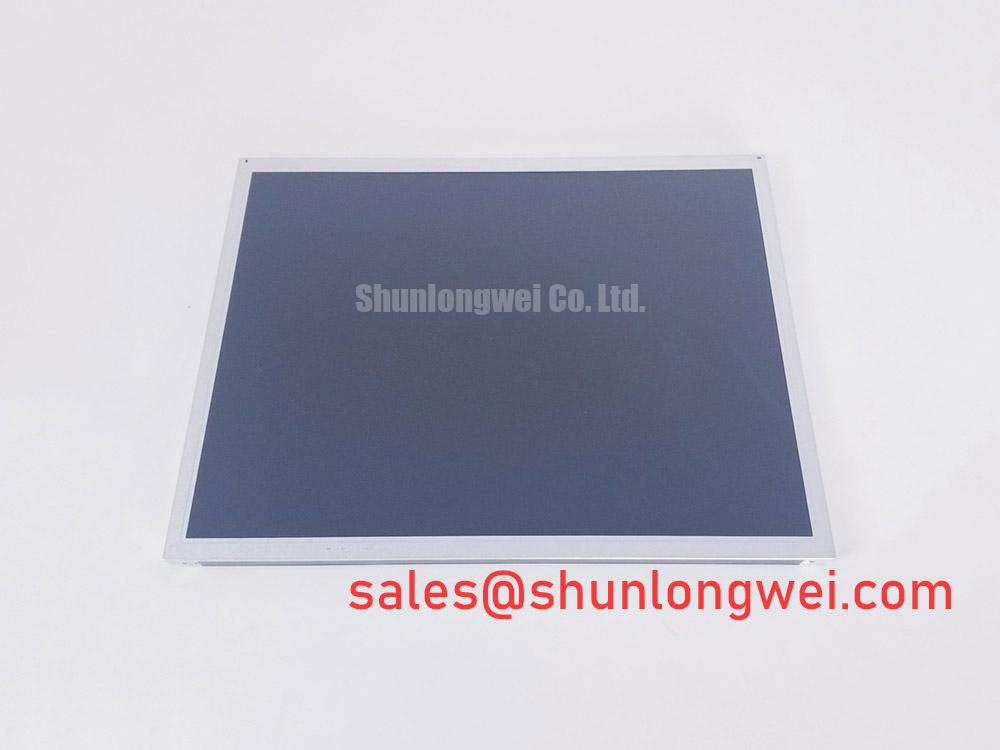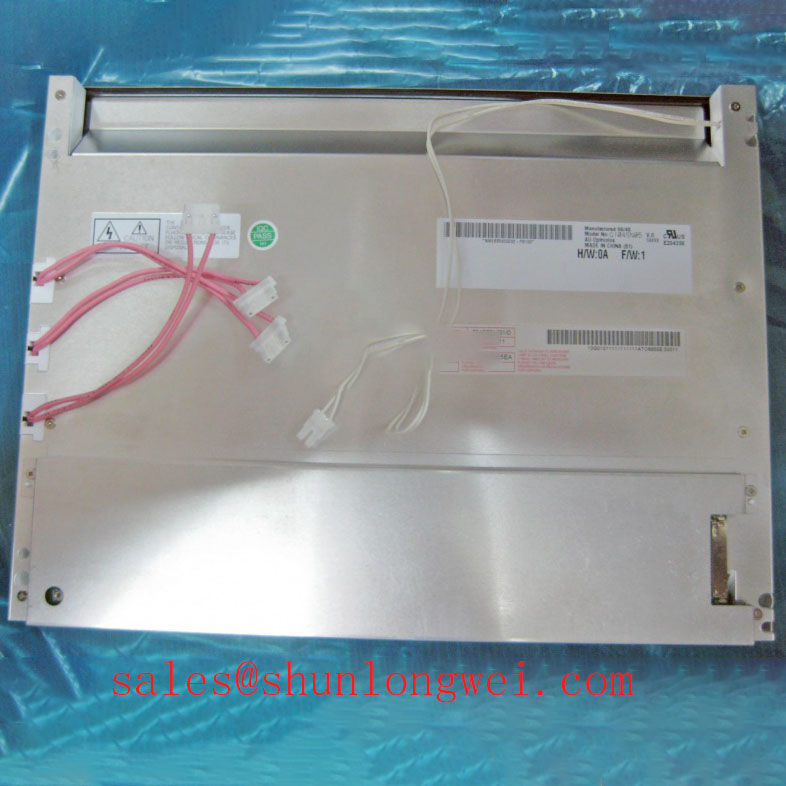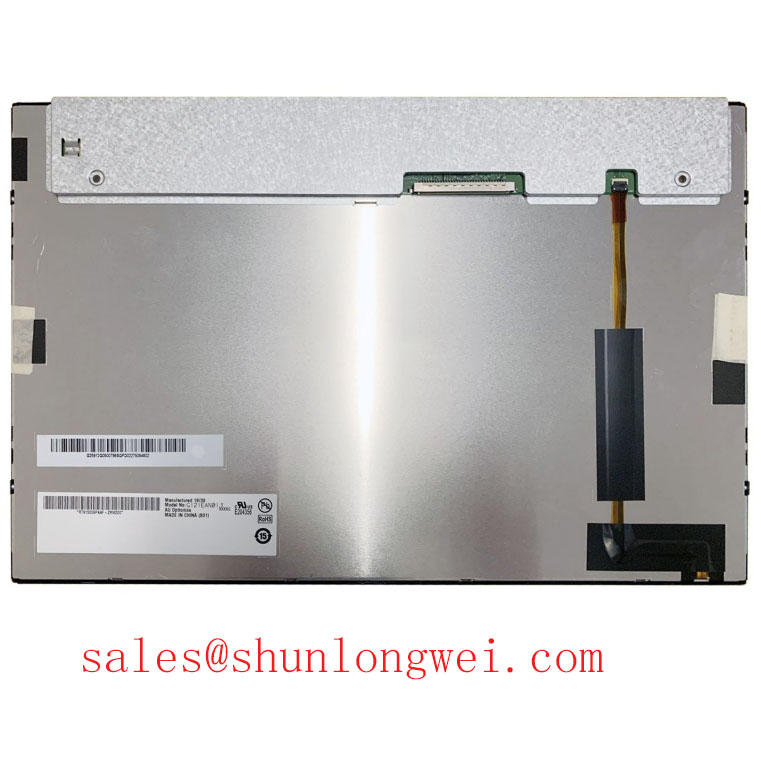Content last revised on November 20, 2025
B141XG09 V3: The Engineer's Guide to this 14.1" XGA TFT-LCD Module
An In-Depth Technical Review of the AUO B141XG09 V3 Display
The AUO B141XG09 V3 is a 14.1-inch XGA display engineered for streamlined system integration, leveraging a slim WLED-backlit design and a standard interface to simplify development. Key specifications include: 1024x768 Resolution | 250 cd/m² Brightness | 30-pin LVDS Interface. This panel delivers two primary engineering benefits: simplified integration into new and existing designs and significantly lower power consumption. Its industry-standard LVDS interface and slim 5.5mm profile directly address the challenge of sourcing reliable, easy-to-implement displays for legacy equipment repair or the development of custom embedded devices. For developers needing a proven XGA display for compact, power-conscious embedded systems, the B141XG09 V3 offers an integration-friendly solution.
Key Parameter Overview
Decoding the Specs for Simplified System Integration
The performance characteristics of the B141XG09 V3 are tailored for applications where proven reliability and ease of implementation are paramount. The following table highlights key parameters and their direct engineering value, based on the official product specifications.
| Parameter | Specification | Engineering Value & Interpretation |
|---|---|---|
| Screen Size | 14.1 inches | Provides a substantial viewing area suitable for user interfaces and data display in portable and fixed equipment. |
| Resolution | 1024 x 768 (XGA) | A standard resolution that ensures compatibility with a vast range of existing software and graphics controllers without requiring scaling. |
| Display Technology | a-Si TFT-LCD, Normally White | A mature and reliable TFT-LCD technology known for its cost-effectiveness and stable performance. |
| Brightness | 250 cd/m² (Typ.) | Offers clear visibility for typical indoor industrial and commercial environments. |
| Interface Type | LVDS (1 ch, 6-bit), 30 pins | This is like a universal data port for displays. Using a standard LVDS interface dramatically simplifies the electrical connection to motherboards or a System on Chip (SoC), reducing development time and cost. |
| Power Consumption | 3.6W (Typ.) | The low power draw, enabled by the WLED backlight, is critical for battery-powered devices and helps minimize heat in fanless embedded systems. |
| Outline Dimensions | 320.0(W) x 228.0(H) x 5.5(D) mm | The exceptionally slim 5.5mm profile allows for integration into thin-profile enclosures for devices like panel PCs or portable diagnostic tools. |
| Operating Temperature | 0 ~ 50 °C | Defines the module's suitability for controlled environments, such as control rooms, laboratories, and commercial kiosks. |
Download the B141XG09 V3 datasheet for detailed specifications and performance curves.
Application Scenarios & Value
System-Level Benefits in Legacy Upgrades and Embedded HMIs
The B141XG09 V3 is a highly practical solution for specific engineering challenges where cutting-edge resolution is less important than reliability, form factor, and ease of integration. Its value is most evident in two key areas: Maintenance, Repair, and Operations (MRO), and new custom Human-Machine Interface (HMI) development.
Consider the high-fidelity scenario of an engineer tasked with repairing an aging fleet of industrial control consoles. The original CCFL-backlit displays are failing, and sourcing exact replacements is difficult. The B141XG09 V3 serves as an ideal upgrade path. Its standard 1-channel LVDS interface often allows for direct connection to the existing controller, while its low-power WLED backlight system eliminates the need for a separate, high-voltage inverter board required by the old CCFLs. This not only simplifies the repair but also reduces the overall power load and thermal signature of the refurbished console.
For systems requiring different form factors but similar resolutions, displays like the 15.0-inch G150XNE-L01 offer a larger viewing area. Conversely, for projects that demand higher pixel density in a comparable size, the 15.6-inch WXGA G156XW01 V0 may be a suitable alternative to evaluate.
Application Vignette
Integrating the B141XG09 V3 into a Portable Diagnostic System
The Challenge: A team is developing a portable automotive diagnostic tool. The design requires a screen large enough for readable graphs and schematics but must be housed in a thin, lightweight, and battery-powered enclosure. The system's single-board computer (SBC) has a standard LVDS output, and the power budget is extremely tight to maximize field operating time.
The Solution: The B141XG09 V3 is selected for its key attributes. Its 5.5mm thickness is pivotal in achieving the target slim profile for the tool. The 3.6W typical power consumption is a major asset, placing minimal strain on the battery and simplifying the power management IC selection. Upgrading from an older technology to this WLED panel is analogous to swapping an old incandescent flashlight bulb for a modern LED; you achieve effective brightness with a fraction of the power draw and heat generation. The display's native LVDS interface connects directly to the SBC, eliminating the need for adapter boards and streamlining the internal cabling, which saves both space and assembly costs.
The System-Level Outcome: By integrating the B141XG09 V3, the engineering team successfully develops a diagnostic tool that is both ergonomic and efficient. The low power draw contributes to a 20% longer battery life than initially projected. The slim design allows for a more ruggedized yet portable final product, and the standard interface shortens the hardware integration phase of the project by weeks.
Frequently Asked Questions (FAQ)
What makes the B141XG09 V3 a strong candidate for repairing older laptops or industrial panels?
Its XGA (1024x768) resolution and 30-pin LVDS interface were common standards for a generation of devices. This makes it a potential form, fit, and function replacement that can extend the life of valuable equipment where the original display is no longer available.
How does the WLED backlight impact system design versus older CCFL technology?
The WLED backlight consumes less power (3.6W typ.), generates less heat, and does not require a separate high-voltage inverter. This simplifies power supply design, improves thermal management, and often results in a thinner and lighter final product.
Is the 30-pin LVDS interface on this panel a common standard?
Yes, the 1-channel, 6-bit LVDS configuration is a widely adopted standard for displays of this resolution and era. This ensures broad compatibility with many off-the-shelf display controllers, FPGAs, and System on Chip (SoC) platforms used in embedded systems.
What is the primary engineering benefit of the 5.5mm maximum thickness?
The slim profile is a critical enabler for creating compact and portable devices. It allows engineers to design sleeker enclosures for applications like custom tablets, portable test equipment, and low-profile information displays without sacrificing screen size.
With a 250 cd/m² brightness, in what application environments is this display most effective?
This brightness level is well-suited for controlled indoor lighting conditions. It is ideal for applications such as industrial machine HMIs, medical monitoring stations, laboratory equipment, and office or kiosk-based information systems where direct, bright sunlight is not a factor.
An Engineer's Perspective
The AUO B141XG09 V3 is a testament to the enduring value of well-designed, standardized components. While the industry trends toward higher resolutions, this module occupies a critical niche for lifecycle management and the development of specialized equipment. For engineering teams focused on MRO or creating cost-effective, reliable embedded HMI solutions, this display's blend of a standard interface, low power consumption, and a slim form factor offers a straightforward path to project completion. It represents a workhorse component that prioritizes practicality and ease of integration, ensuring its relevance in applications where proven performance outweighs bleeding-edge specifications.

